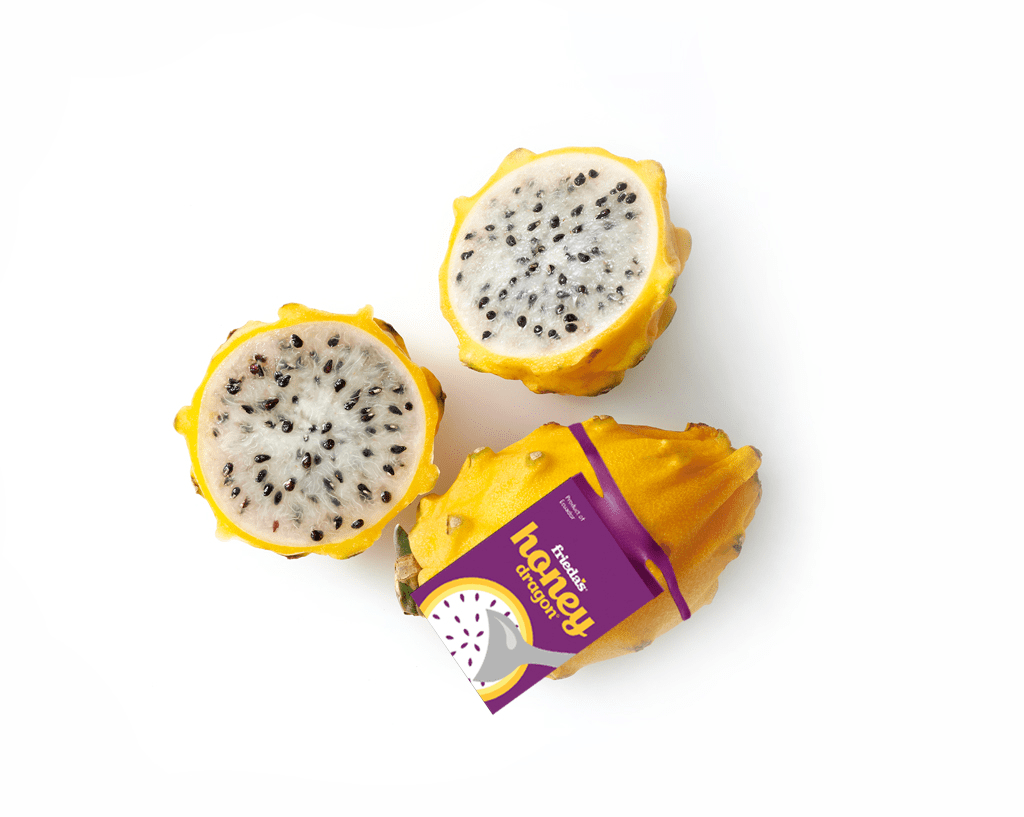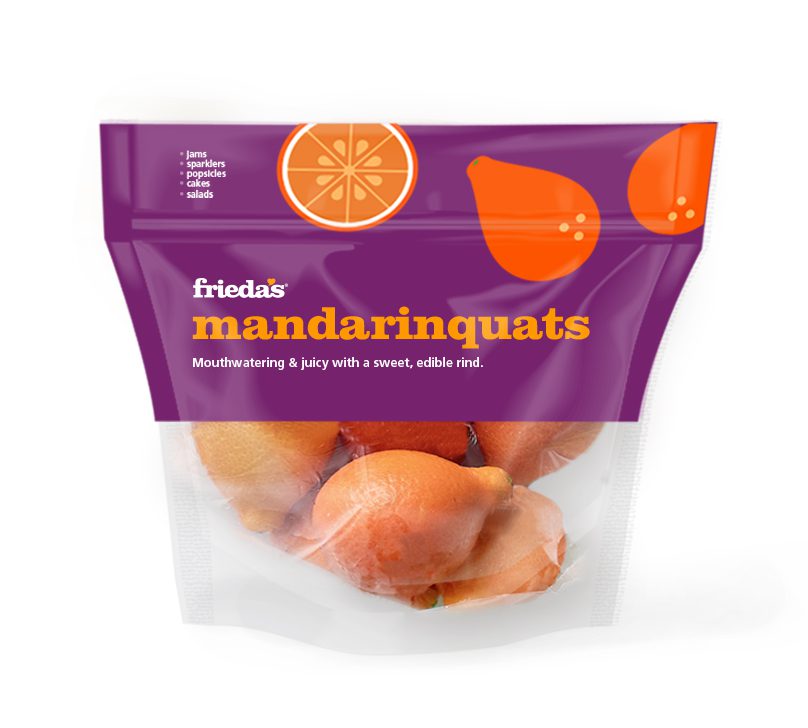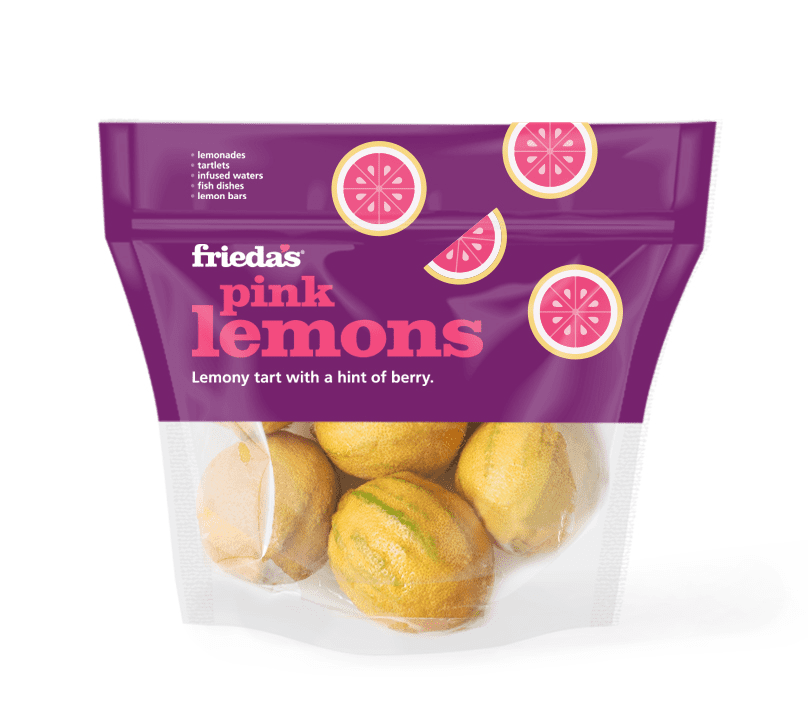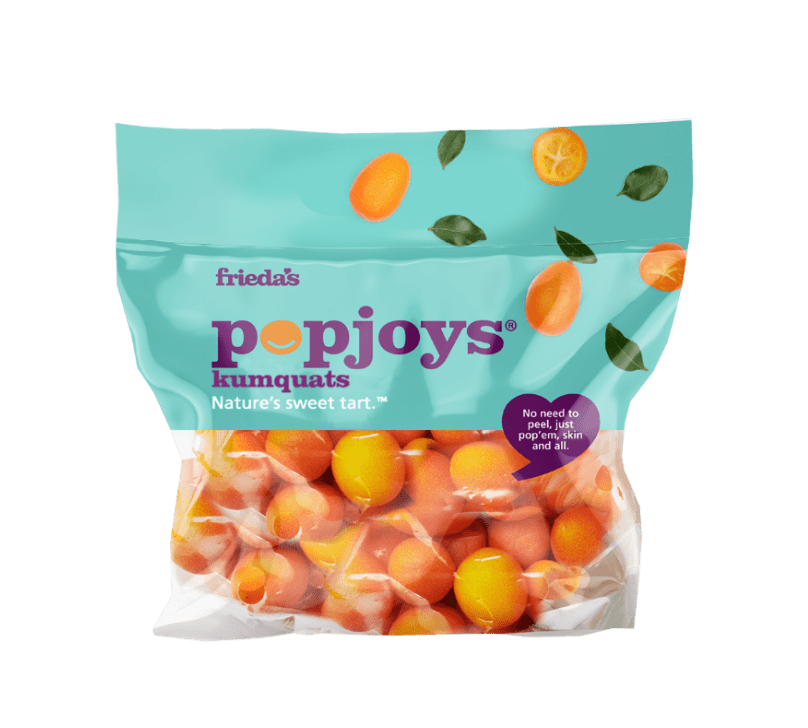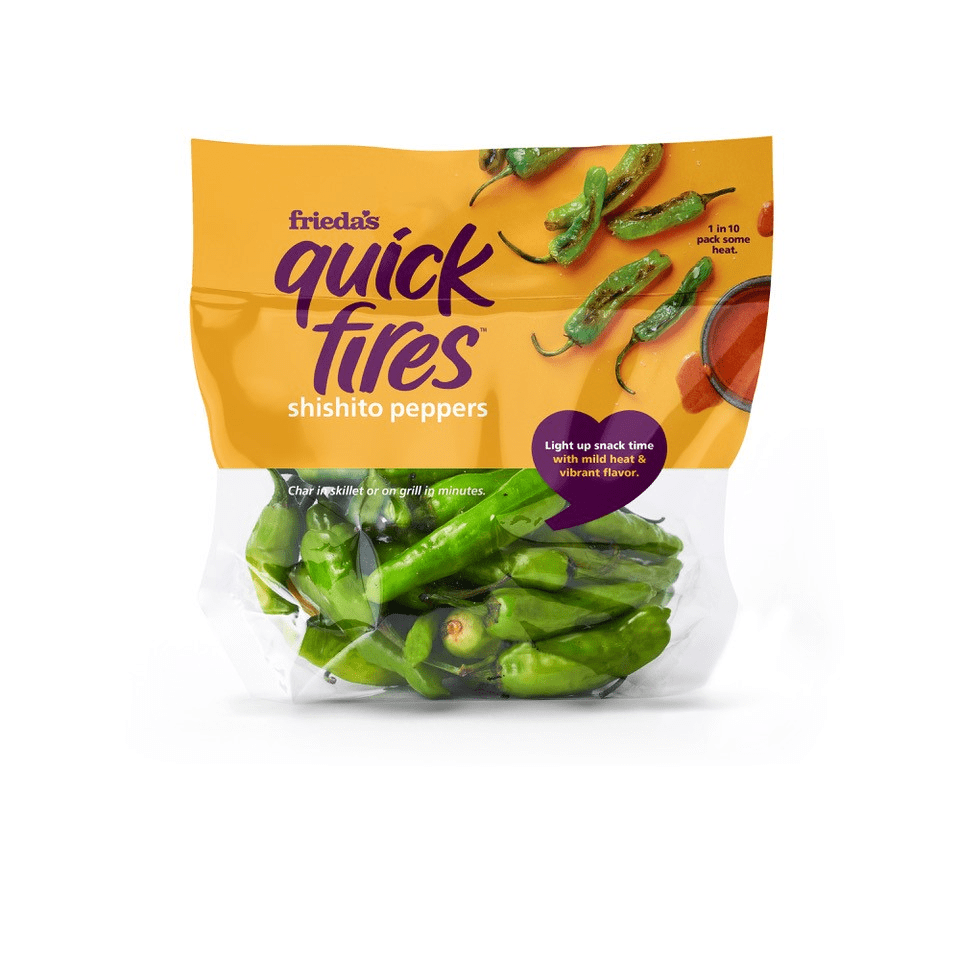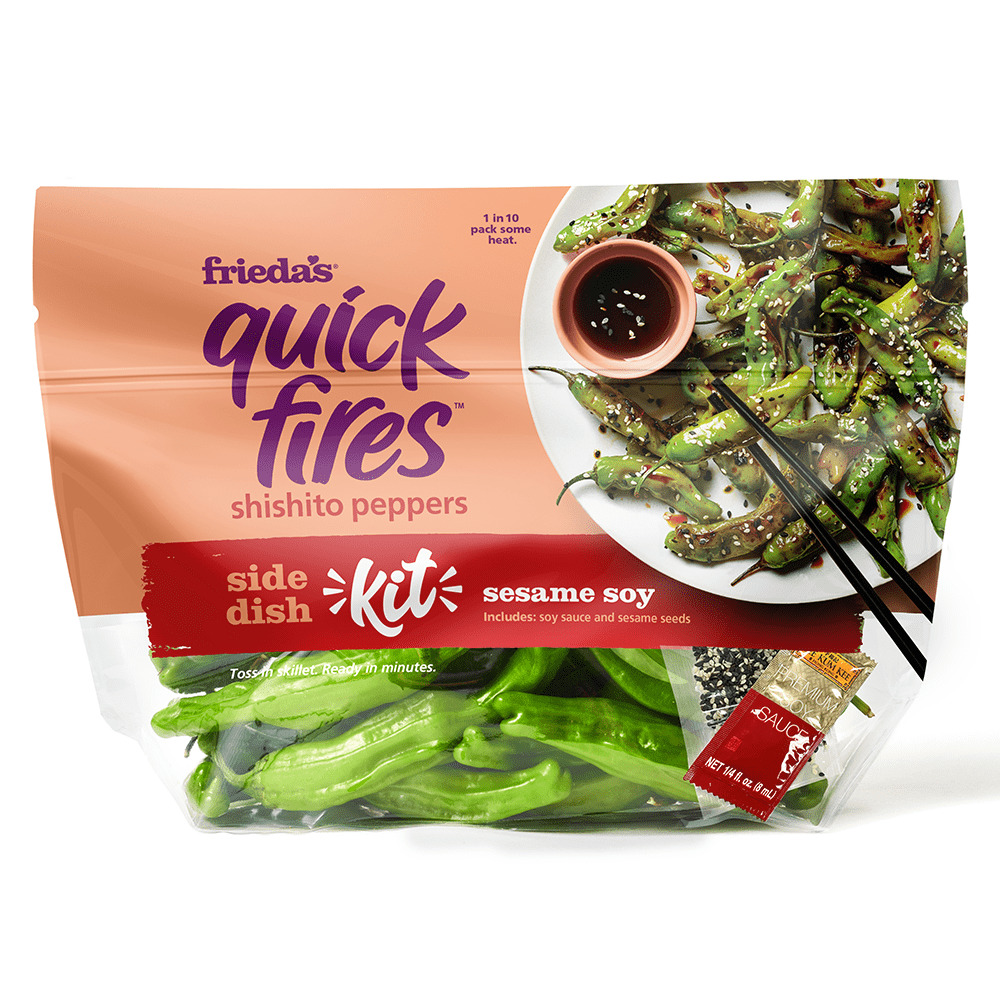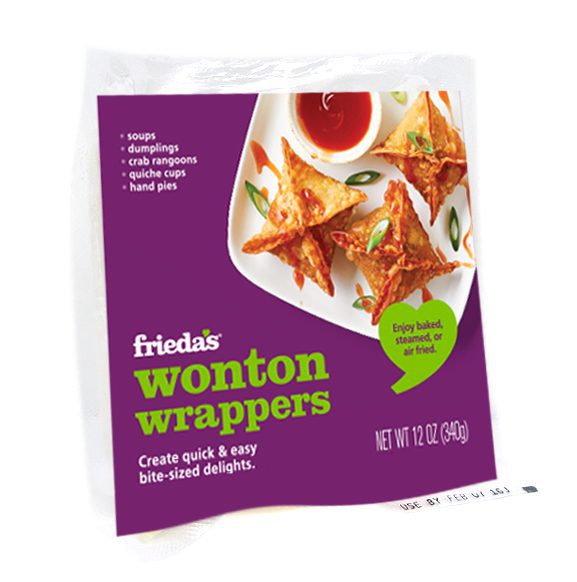Garry and I have a favorite local restaurant, called Preveza. The cuisine is Mediterranean, which means the menu has both an Italian and a Greek flair.
The last time we dined there we chatted with the owner, Nicolas. I told him how much we enjoy the food and the service. I also told him that one of my favorite things about the restaurant was that I could tell they used whole head lettuce and cut it up themselves, instead of buying processed, pre-cut lettuce like many other restaurants. I love how his salads taste really fresh.
That’s when he started talking about lettuce prices. Like most restaurants, Nicolas buys his produce from a small distribution company who delivers door to door to many of the local restaurants. The small company probably buys from a produce wholesaler on the Los Angeles Wholesale Produce Market, who has purchased the produce directly from the growers.
This chain of supply is what makes the produce business so unique. If you are a single restaurant, you almost have to buy from a local company versus directly from growers, unless you buy in large volumes.
“Last year, lettuce was so much cheaper,” Nicolas ranted. “This year I am paying over $30 a box for lettuce when last year I was paying around $15.”
I explained that the high prices are likely due to a spreading fungus that’s affecting lettuce crops in Yuma, Arizona — a major growing area at this time of year. A story about the situation recently appeared in one of the produce industry newspapers (The Packer):
Iceberg lettuce prices nearly doubled in the third week of January as supply took a bigger than normal winter hit from the sclerotinia fungus. “There have been some limited outbreaks of (sclerotinia) in the past but this is the first time it’s reached this magnitude anywhere that I’ve heard of in my 30 years in the business,” said Mark McBride, sales manager at Salinas, Calif.-based Coastline Produce.
“Yuma’s worse than the Imperial Valley,” said Michael Boggiatto, president of Salinas-based Boggiatto Produce, which grows romaine in the California valley. Both regions – and commodities – have been hit. “This sclerotinia is a different strain,” Boggiatto said. “It appears to be airborne, not soilborne, and affects the upper plant instead of the root. People have gone through entire fields and not harvested, it’s so bad. But some fields aren’t affected at all.”
“The weather back East has kept people from going out, but as much as demand is down, supply is down even further,” he said. It’s not a doomsday scenario, but limited supply is making for an active market. “Our production total is probably off 10% to 15%,” Boggiatto said. “Most guys are probably between 10% and 20%.” “Industry supplies for both (iceberg and romaine) will be well below normal for the next few weeks,” McBride said Jan. 21. “Customers are struggling to make their orders and they have to pay a higher price,” Boggiatto said. “As long as you’ve got reasonable supply you can come out OK.”
So what does that mean to you as a consumer? It means you will probably see higher prices for whole heads of Iceberg and Romaine lettuce for a while. Sizing of the heads may be smaller. This is a great opportunity to try other varieties of lettuce. Try cabbage, spinach or baby lettuces for a while.
Bagged salads may not change in price, due to the pricing contracts with processors, but you may notice that the bagged lettuce does not last as long as it usually does.
Nicolas concluded our conversation by adding, “At least the lettuce is not $60 a box. I remember when that happened a few years ago.”
You may remember when lettuce got so expensive and supplies were so limited that some retailers hung up informative signs in their produce departments explaining the high prices and lack of supplies.
And so goes the produce business. So, maybe next time you hear a story about a freeze in Florida, a pest invasion in California, or floods in the Central Valley, you’ll think about how it will affect farmers… and the produce you get at your local supermarket.
And now you know!
Karen
Photo credit: Flickr Creative Commons, Satrina0





